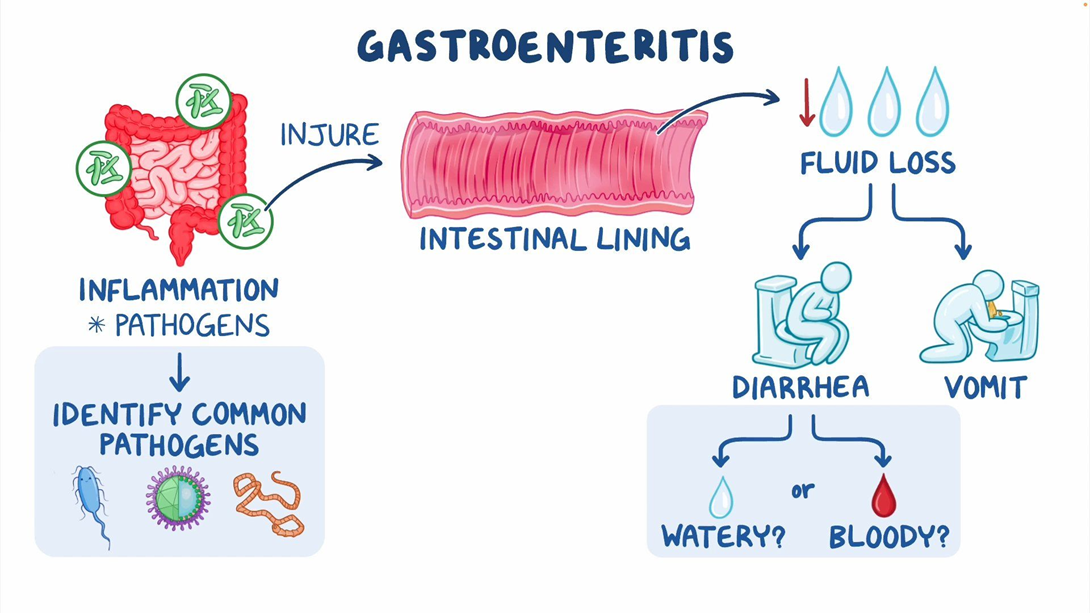A nurse is teaching a group of nurses about the dietary practices to consider when planning care for clients who follow a kosher diet. Which of the following dietary practices should the nurse include in the teaching?
The client replaces salt with soy sauce.
The client's primary vegetables are squash and corn.
The client can eat meat and nondairy margarine together.
The client uses their right hand when eating food.
The Correct Answer is C
Choice A reason: The client should not replace salt with soy sauce, as soy sauce is not kosher. Soy sauce is made from fermented soybeans and wheat, which are not allowed in a kosher diet. The client should use kosher salt or other kosher seasonings instead.
Choice B reason: The client's primary vegetables should not be squash and corn, as they are not considered kosher. Squash and corn are classified as kitniyot, which are legumes, grains, seeds, and other plant products that are not allowed in a kosher diet. The client should eat more leafy greens, root vegetables, and fruits, which are kosher.
Choice C reason: The client can eat meat and nondairy margarine together, as they are both kosher. Nondairy margarine is made from vegetable oils, which are pareve, meaning they are neither meat nor dairy. The client should avoid eating meat and dairy products together, as they are not kosher.
Choice D reason: The client does not need to use their right hand when eating food, as this is not a requirement of a kosher diet. This is a practice of some Muslims, who believe that the right hand is for eating and the left hand is for cleaning. The client should follow the rules of kashrut, which are the Jewish laws of kosher food.
Nursing Test Bank
Naxlex Comprehensive Predictor Exams
Related Questions
Correct Answer is D
Explanation
Choice A reason: Crohn's disease is not commonly associated with obesity, although obesity can worsen the symptoms and complications of Crohn's disease. Crohn's disease is a type of inflammatory bowel disease that causes inflammation and ulcers in the digestive tract, especially the small intestine and colon. The exact cause of Crohn's disease is unknown, but it may involve genetic, immune, and environmental factors.
Choice B reason: Celiac disease is not commonly associated with obesity, although obesity can make the diagnosis of celiac disease more difficult. Celiac disease is an autoimmune disorder that causes damage to the small intestine when gluten, a protein found in wheat, barley, and rye, is ingested. The damage interferes with the absorption of nutrients and can lead to malnutrition, anemia, and osteoporosis.
Choice C reason: Peptic ulcer disease is not commonly associated with obesity, although obesity can increase the risk of complications from peptic ulcer disease. Peptic ulcer disease is a condition that causes sores or ulcers in the lining of the stomach or duodenum, the first part of the small intestine. The most common causes of peptic ulcer disease are infection with Helicobacter pylori bacteria and use of nonsteroidal anti-inflammatory drugs (NSAIDs).
Choice D reason: Gastroesophageal reflux disease (GERD) is commonly associated with obesity, as obesity can increase the pressure on the lower esophageal sphincter (LES), the muscle that prevents the backflow of stomach acid into the esophagus. GERD is a condition that causes heartburn, regurgitation, chest pain, and difficulty swallowing due to the reflux of stomach acid into the esophagus. GERD can also lead to esophagitis, Barrett's esophagus, and esophageal cancer.
Correct Answer is A
Explanation
Choice A reason: Confusion and weakness are signs of dehydration and electrolyte imbalance, which can result from vomiting and diarrhea. These are serious complications that can affect the client's mental status, blood pressure, heart rate, and kidney function. The nurse should report these changes to the provider and monitor the client's vital signs and fluid status.
Choice B reason: Dry oral mucosa and furrowed tongue are also signs of dehydration, but they are less severe than confusion and weakness. The nurse should report these changes to the provider as well, but they are not the most urgent ones.
Choice C reason: Clear lungs bilaterally are a normal finding and do not indicate any change in the client's condition. The nurse should document this finding, but it does not require reporting to the provider.
Choice D reason: A soft and non-tender abdomen is a normal finding and does not indicate any change in the client's condition. The nurse should document this finding, but it does not require reporting to the provider.

Whether you are a student looking to ace your exams or a practicing nurse seeking to enhance your expertise , our nursing education contents will empower you with the confidence and competence to make a difference in the lives of patients and become a respected leader in the healthcare field.
Visit Naxlex, invest in your future and unlock endless possibilities with our unparalleled nursing education contents today
Report Wrong Answer on the Current Question
Do you disagree with the answer? If yes, what is your expected answer? Explain.
Kindly be descriptive with the issue you are facing.
